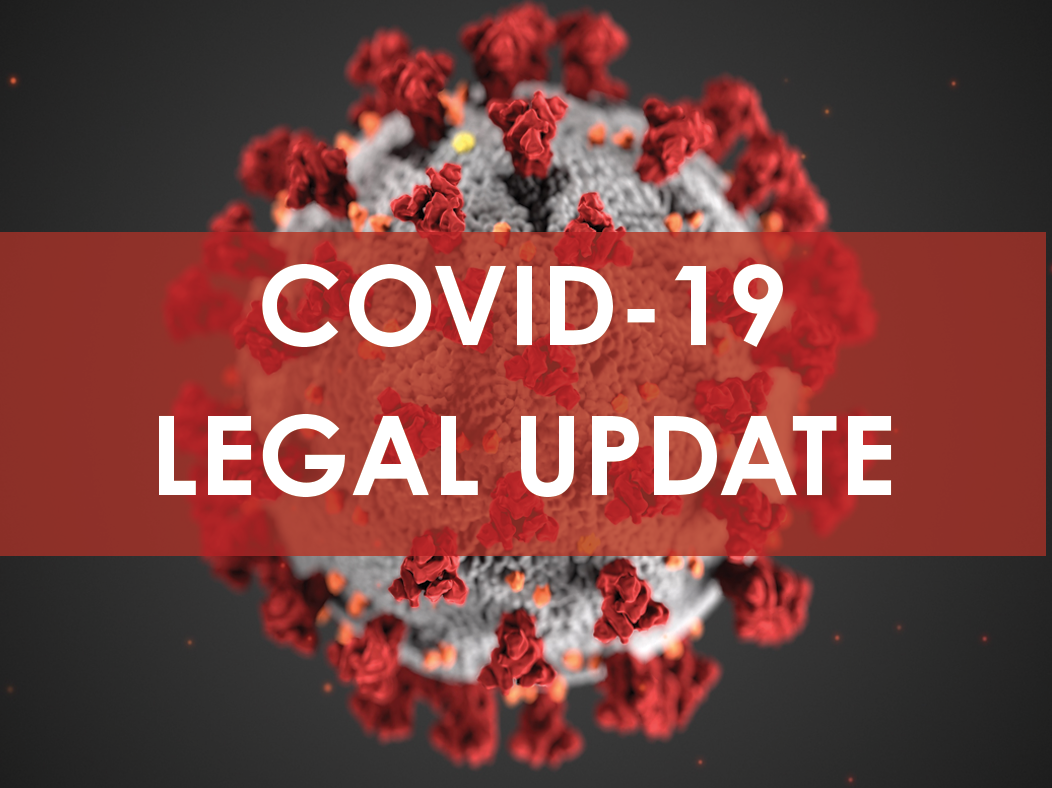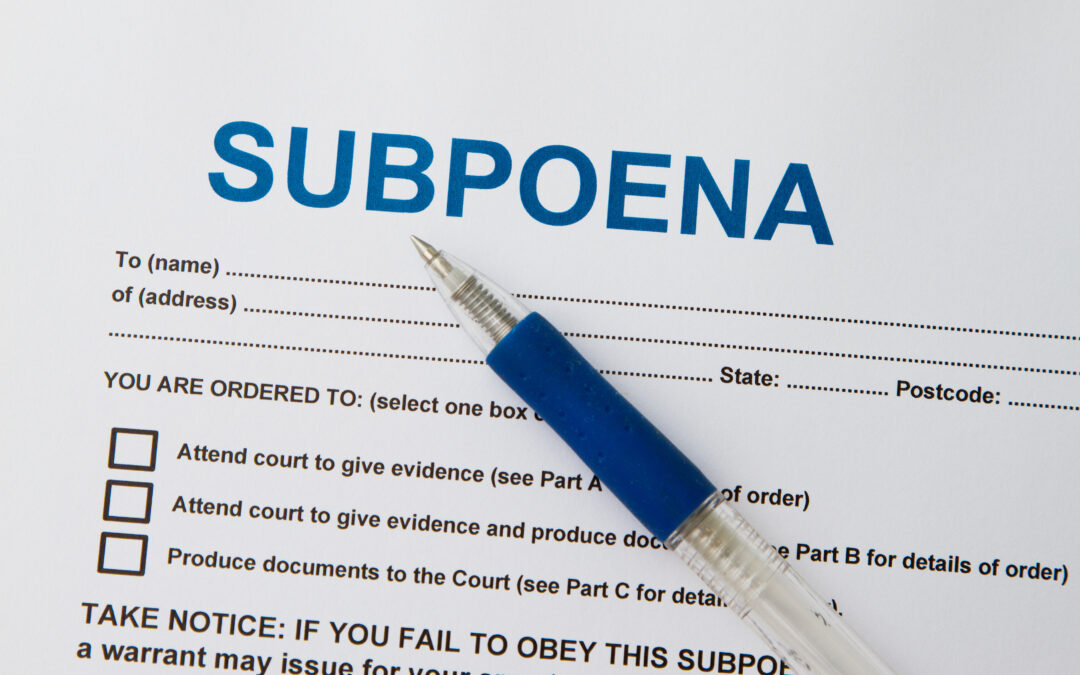There have been several important regulatory updates since our last email regarding the CARES Act on April 24. Our main summary and analysis of the CARES Act and related regulatory guidance for healthcare providers and their practices (including the updates discussed below) can be found here.
PPP Loan Program
- PPP Loan Certification Requirements – SBA has issued several updates in its Frequently Asked Questions (“FAQ”)regarding certification requirements for the PPP Loan Program. We strongly encourage you to read our full analysis of this important issue here. In brief, the SBA has admonished all borrowers to take into account “their current business activity and their ability to access other sources of liquidity sufficient to support their ongoing operations in a manner that is not significantly detrimental to the business” when applying for a PPP loan. In addition, SBA has stated that it will review all loans in excess of $2 million and “other loans as appropriate” at the time the borrower applies for loan forgiveness. According to the SBA, any borrower that applied for a PPP loan prior to [April 23, 2020] and repays the loan in full by May 7, 2020, will be deemed by SBA to have made the required certification in good faith. In its applicable regulations, the SBA characterizes the period to repay the Paycheck Protection loan as a “safe harbor” that is “necessary and appropriate to ensure that borrowers promptly repay PPP loan funds that the borrower obtained based on a misunderstanding or misapplication of the required certification standard.”
- How to Count Employees for Loan Forgiveness – SBA has not yet released its promised regulations regarding PPP loan forgiveness. However, over the past week, SBA has started to offer some limited clarifications on certain issues. For instance, in FAQ #36, the SBA stated that while a borrower must include “individuals employed on a full-time, part-time, or other basis” for purposes of loan eligibility, “the CARES Act uses the standard of “full-time equivalent employees” to determine the extent to which the loan forgiveness amount will be reduced in the event of workforce reductions.” In addition, in FAQ #40 the SBA has clarified that a borrower’s PPP loan forgiveness amount will not be reduced in situations in which the employer laid off an employee, offered to rehire the employee, but the employee declined the offer. The SBA further stated that its forthcoming regulations “will specify that, to qualify for this exception, the borrower must have made a good faith, written offer of rehire, and the employee’s rejection of that offer must be documented by the borrower.” However, “[e]mployees and employers should be aware that employees who reject offers of re-employment may forfeit eligibility for continued unemployment compensation.”
- When the “Covered Period” for Loan Forgiveness Begins – As we noted in earlier updates, the eight-week “covered period” for purposes of loan forgiveness begins when the loan is originated (i.e., when the loan is funded). The SBA recently clarified in its Interim Final Rule on Disbursements that a borrower is not permitted to take multiple draws from a PPP loan and thereby delay the start of the eight-week period. The lender “must make a one-time, full disbursement of the PPP loan within ten calendar days of loan approval” and “a loan is considered approved when the loan is assigned a loan number by SBA” (emphasis added). For loans that received an SBA loan number prior to April 28, 2020, the deadline for full disbursement is May 8, 2020, and the eight-week period is deemed to have begun on the date of the first disbursement.
- Deductibility of Certain Business Expenses – The IRS recently clarified that “no deduction is allowed under the Internal Revenue Code (Code) for an expense that is otherwise deductible if the payment of the expense results in forgiveness of a [PPP] loan … and the income associated with the forgiveness is excluded from gross income for purposes of the Code pursuant to section 1106(i) of the CARES Act.”
- Cap on Loans for Corporate Groups – To preserve the finite appropriations for the PPP loan program, SBA clarified in a recent Interim Final Rule that businesses that are part of a single corporate group shall in no event receive more than $20,000,000 of PPP loans in the aggregate. For purposes of this limit, businesses are part of a single corporate group if they are “majority owned, directly or indirectly, by a common parent.”
- How to Calculate Maximum Loan Amounts – Over the past few weeks, numerous questions have been raised about how to calculate maximum PPP loan amounts based on the type of business applying for the loan. SBA has issued informal guidance that helps to clarify some of these issues here. Most notably, the SBA has clarified that “LLCs should follow the instructions that apply to their tax filing situation, for example, whether they file as a sole proprietor, a partnership, or a corporation.”
Employee Retention Credit
- Clarification on Government Orders “Fully or Partially Suspending” Operations – As discussed in our main summary and analysis of the CARES Act, employers are eligible to receive the Employee Retention Credit if they were in business in 2020 and (i) the business was fully or partially suspended due to orders from an appropriate governmental authority limiting commerce or travel during such calendar quarter because of COVID-19 or (ii) the business experienced a significant decline of gross receipts. In many instances, an employer may qualify based on a significant decline in gross receipts. Questions have arisen, however, with respect to whether businesses deemed “essential” may claim the Employee Tax Credit on the grounds of a government order “fully or partially suspending its operations.” For healthcare providers, such a scenario is easy to envision: a medical practice is deemed an “essential business” by a government authority, but is required to cease all non-emergent or non-essential procedures. The IRS has now clarified that “an employer that operates an essential business is not considered to have a full or partial suspension of operations if the governmental order allows the employer to remain open, even though the governmental order requiring non-essential businesses to close may have an effect on the employer’s operations” (emphasis added). This also includes instances in which a governmental order causes the customers (or patients) to stay at home and in which a business is required to close its workplace but the employer is able to continue operations by requiring employees to telework. On the other hand, if the employer is required to close its workplace for certain purposes but permitted to remain operational for limited purposes, then “the employer’s operations would be considered to be partially suspended” (emphasis added). An employer’s operations are also considered to be partially suspended if it is required to reduce its operating hours by a governmental order. Bottom line: simply being an “essential business” in a jurisdiction subject to a governmental order requiring certain businesses to fully or partially suspend operations or causing customers to stay at home is not enough to establish eligibility for the Employee Retention Tax Credit. However, a governmental order requiring a business to remain operational for only limited purposes or during reduced hours is sufficient to establish a partial suspension of operations for purposes of Employee Retention Credit eligibility.
- Potential Effect of Governmental “Re-Opening” Orders – The IRS recently clarified that an employer that is eligible for the Employee Retention Credit on the basis of a governmental order fully or partially suspending its business operations is no longer eligible for the tax credit when the applicable order is lifted. Instead, the employer is eligible for the tax credit “only for periods during the calendar quarters in which the trade or business operations were fully or partially suspended.” If the order was effective for a portion of the calendar quarter, then the employer is eligible “for the entire calendar quarter but can only claim a credit for wages paid during the period the order is in force.”
The COVID-19 pandemic and response is an evolving situation. All levels of government are engaged in the process of preparing new legislation, regulations and orders both to stem the spread of the virus and to provide relief to employers and employees. We will continue to monitor the situation and provide updates as applicable, especially as such updates affect healthcare providers and their practices.
For more updates on this topic and other legal updates related to the COVID-19 pandemic, please visit our COVID-19 Legal Resource Page by clicking here.


